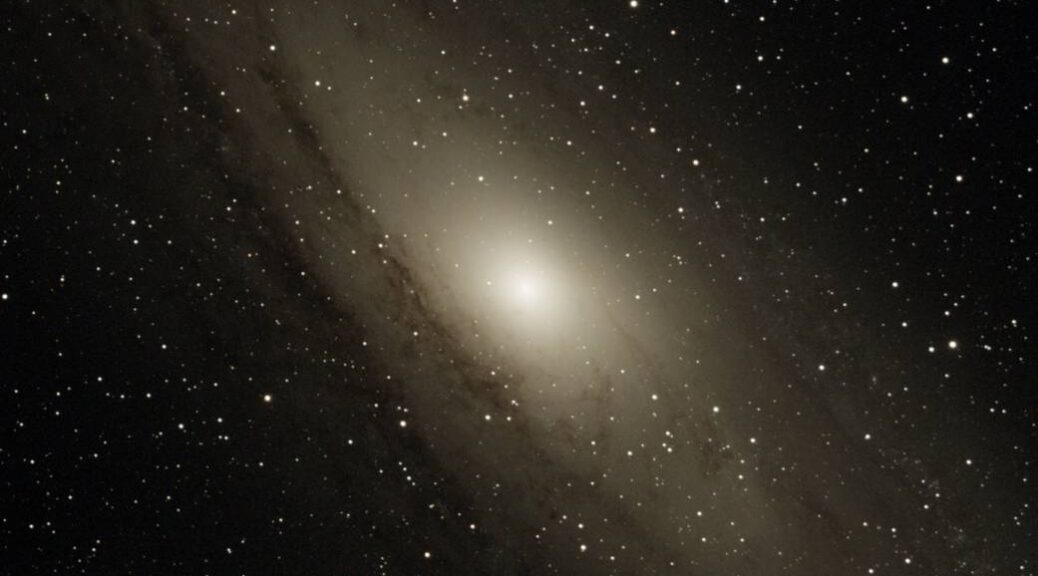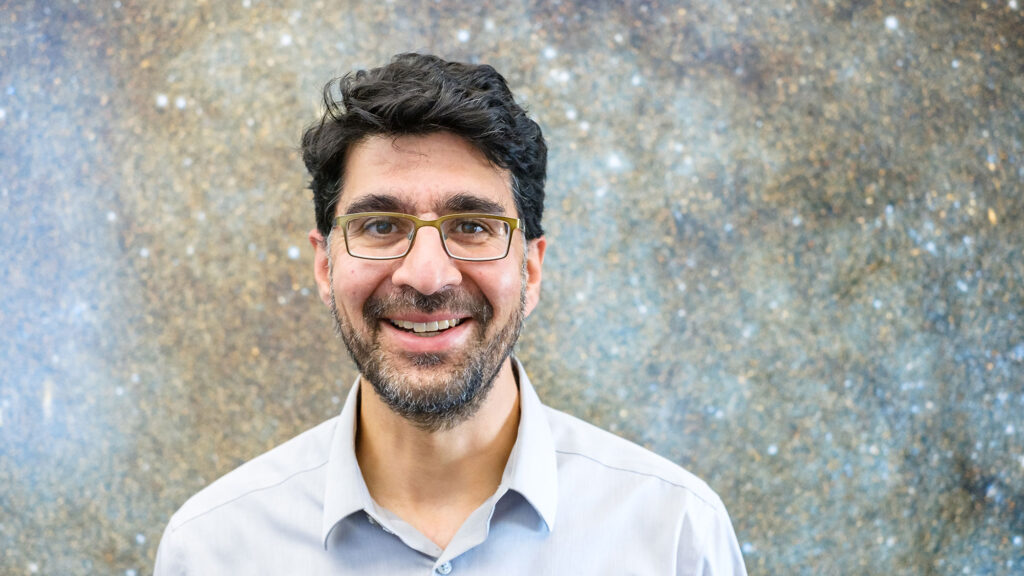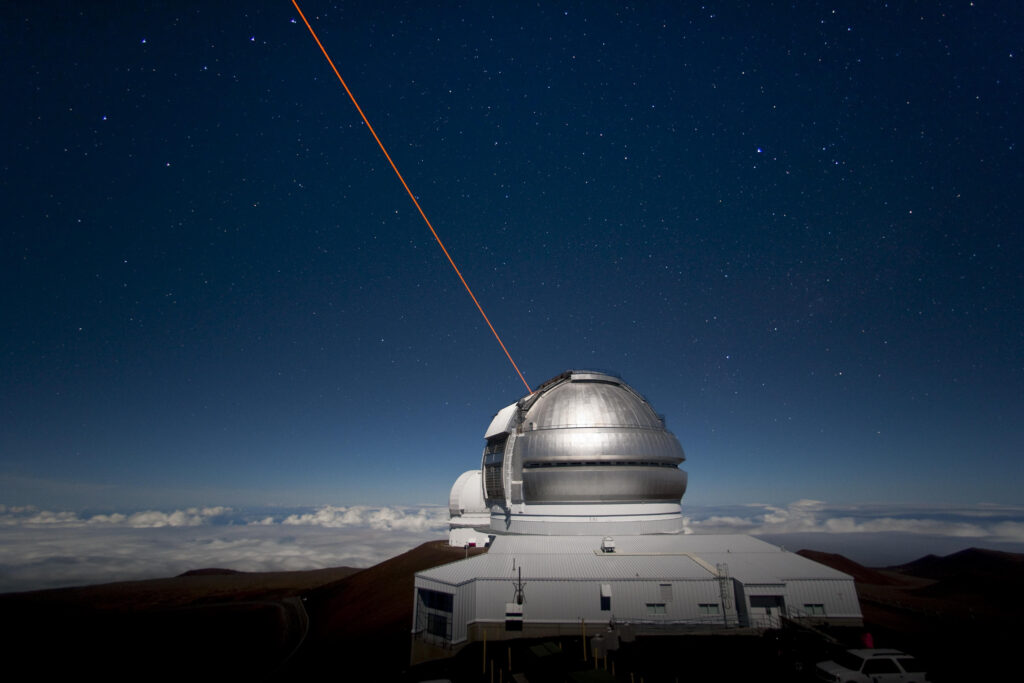
Astronomers Find Rare Black Hole in Neighboring Galaxy
Astronomers at the University of Utah confirmed a rare intermediate-mass black hole in the Andromeda Galaxy in a study published in The Astrophysical Journal.
The black hole observed in the University of Utah’s study lies in B023-G078, a star cluster believed to be a stripped nuclei. Stripped nuclei, like the one in our neighboring Andromeda galaxy, are star clusters formed by smaller galaxies falling into larger galaxies, having their outer stars stripped away by gravity.

There have been many contenders for intermediate-mass black holes, with a top possibility being HLX-1, detected measuring X-rays in the galaxy ESO 243-49, some 290 million lightyears away from Earth. Evidence for other intermediate-mass black holes has been found by measuring gravitational waves, like in the gravitational wave event, GW190521.
“There are a lot of predictions in other clusters, but these are not confirmed,” said Renuka Pechetti, the paper’s lead author and postdoctoral research student at Liverpool John Moores University, “even when we had the result, we were still very speculative.”
Black holes are broken down into several categories: stellar-mass, at around 3 to several tens of solar masses, supermassive, at anywhere from a million to billions of solar masses, and intermediate-mass black holes filling in the gap between. But finding and confirming an intermediate-mass black hole has been surprisingly difficult, leaving a massive gap in the masses between stellar and supermassive black holes.
“There should be some of these laying around, and this might be one of them.”
Anil Seth, professor of astronomy at the University of Utah and a co-author of the study.
“The biggest stellar-mass black holes are a hundred solar masses or less, and the supermassive black holes that we see at the centers of galaxies are mostly a million solar masses or more, so there’s a huge gap there,” said Anil Seth, co-author of the study and an associate professor of astronomy at the University of Utah.

While much is known about the formation of stellar-mass black holes, being formed during super-novae, the bright death and explosion of stars much more massive than our sun, not much is known about the formation of supermassive black holes.
“There has been lots of debate over the past decade about ‘intermediate mass’ black holes,” said David Weinberg, a professor and Chair of Astronomy at the Ohio State University not involved in the study, in an email. “We don’t really know how the supermassive black holes originate in the first place, and it would improve our picture if we knew what happens in small galaxies, whether they have big black holes of their own, or not.”
One of the main leading theories of supermassive black hole formation is that during the beginning of the universe, before the creation of the first stars, large clouds of gas could collapse into quasi-stars, which would then collapse into the first black holes. Given that these black holes would be among the first objects in the universe, they would have plenty of time to grow from stellar mass to intermediate-mass and eventually graduate to supermassive.
“Basically, all of the supermassive black hole theories suggest that they had to start less massive than they are today and grow over time,” said Seth, “which suggest there should be lower-mass black holes that somehow just didn’t acquire as much stuff as other black holes we’re seeing.”
By finding more intermediate-mass black holes, astronomers are hoping to find the missing links that show how supermassive black holes grow.

The team studied the stellar velocities, distribution of light and chemical makeup of the 6.2 million solar mass star cluster using high-resolution spectroscopic measurements from the Gemini North Telescope in Hawaii and observations from the Hubble Space Telescope. Once the team had the data to work with, they started creating detailed dynamical models that allowed them to figure out what was at the center of the cluster.
“It’s not such a clear detection that we could have seen it right away,” Seth said. “We knew there was a possibility there was a black hole, but that is very much related to the mass distribution within the cluster. So until we did all of the work, we didn’t actually have a very clear answer.”
Both Seth and Pechetti describe the process as running countless models that fit the given data to see how likely the precense of a black hole is.
“When you run, all these different models then you can confirm that it’s still there, and then you kind of realize, ‘okay, I’ve discovered something big,’ ”
Renuka Pechetti, lead author of the study and a postdoctoral research student at Liverpool John Moores University.
By confirming and continuing to study intermediate-mass black holes, astronomers can further understand the formation and growth of black holes. But the team and astronomers are limited by the level of detail we can see when trying to measure a dense star cluster halfway across the universe.

A separate study, published by the Astrophysical Journal and written by a team from George Mason University, states that the use of the newly launched James Webb Space Telescope will help researchers measure infrared coronal lines which were previously undetectable. The observation of infrared coronal lines is “one of the most promising tools to discover intermediate-mass black holes in galaxies,” according to the study.
But with limited access to the James Webb Space Telescope, and the telescope still not ready for operation, astronomers still have to look closer.
“We can find this kind of thing in Andromeda, or if it were the Milky Way, we’d also be able to find it, but only because it’s nearby. If it was further away, we wouldn’t be able to see the black hole because our telescope wouldn’t be able to distinguish a spine of detail near the center of the cluster.”
Anil Seth, professor of astronomy at the University of Utah and a co-author of the study.
While astronomers hoping to study intermediate-mass black holes will be forced to our nieghbors, like the Andromeda galaxy and our own Milky Way, the search will continue for Seth, Pechetti and the rest of the team at the University of Utah. The team is in the application process for use of the Hubble Space Telescope and will be looking to confirm other potential intermediate-mass black holes and further study the one in Andromeda.